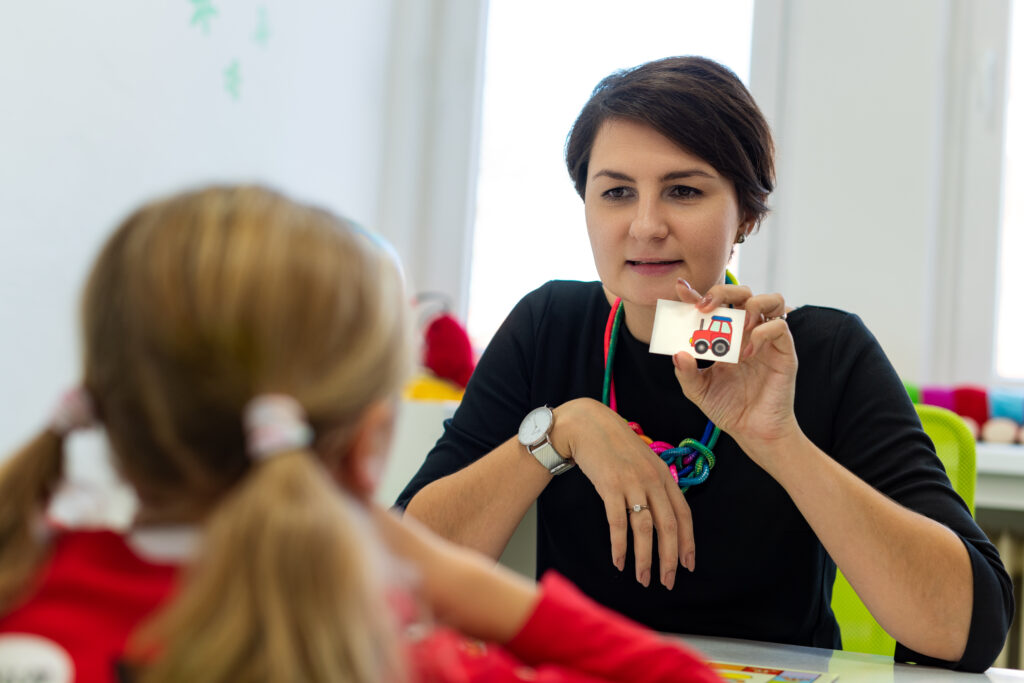How AI is Bridging the Gap for Nonverbal Individuals with Motor Disabilities
Artificial intelligence (AI) has been used to bridge the communication gap for nonverbal individuals with motor disabilities who rely on computers to communicate. A team of researchers from the University of Cambridge and the University of Dundee developed a new context-aware method that reduces the number of keystrokes needed to communicate by 50% to 96%, thus increasing the efficiency of communication. This AI-assisted system is designed to provide suggestions for sentences that are contextually relevant to the user. The system uses a range of context clues such as the user’s location, time of day, or the identity of the user’s speaking partner.
Typically, nonverbal individuals with motor disabilities use speech synthesis with computers to communicate with others. However, even without a physical disability that affects typing, communication aids are too slow and error-prone for meaningful conversation. The new method, which allows users to retrieve previously typed sentences quickly, addresses this issue. As people tend to reuse the same phrases and sentences in everyday conversations, the system uses information retrieval algorithms to automatically retrieve the most relevant previous sentences based on the text typed and the context of the conversation.
The researchers used design engineering methods for the development of the system, simulating nonverbal people typing a large set of sentences from a representative sentence set. They then used information retrieval algorithms, similar to web search, to retrieve sentences based on the user’s typed words and the context. The researchers revealed that only two reasonably accurate context tags are required to provide the majority of the gain, while word-auto complete provides a positive contribution but is not essential.
The study is the first to integrate context-aware information retrieval with speech-generating devices for people with motor disabilities, demonstrating how context-sensitive AI can improve the lives of people with motor disabilities. This method gives hope for more innovative AI-infused systems that can help individuals with motor disabilities communicate better in the future.
The research paper was published at CHI 2020, and the research was funded by the Engineering and Physical Sciences Research Council.
Reference: Kristensson, P.O., Lilley, J., Black, R. and Waller, A. ‘A design engineering approach for quantitatively exploring context-aware sentence retrieval for nonspeaking individuals with motor disabilities.’ In Proceedings of the 38th ACM Conference on Human Factors in Computing Systems (CHI 2020). DOI: 10.1145/3313831.3376525

